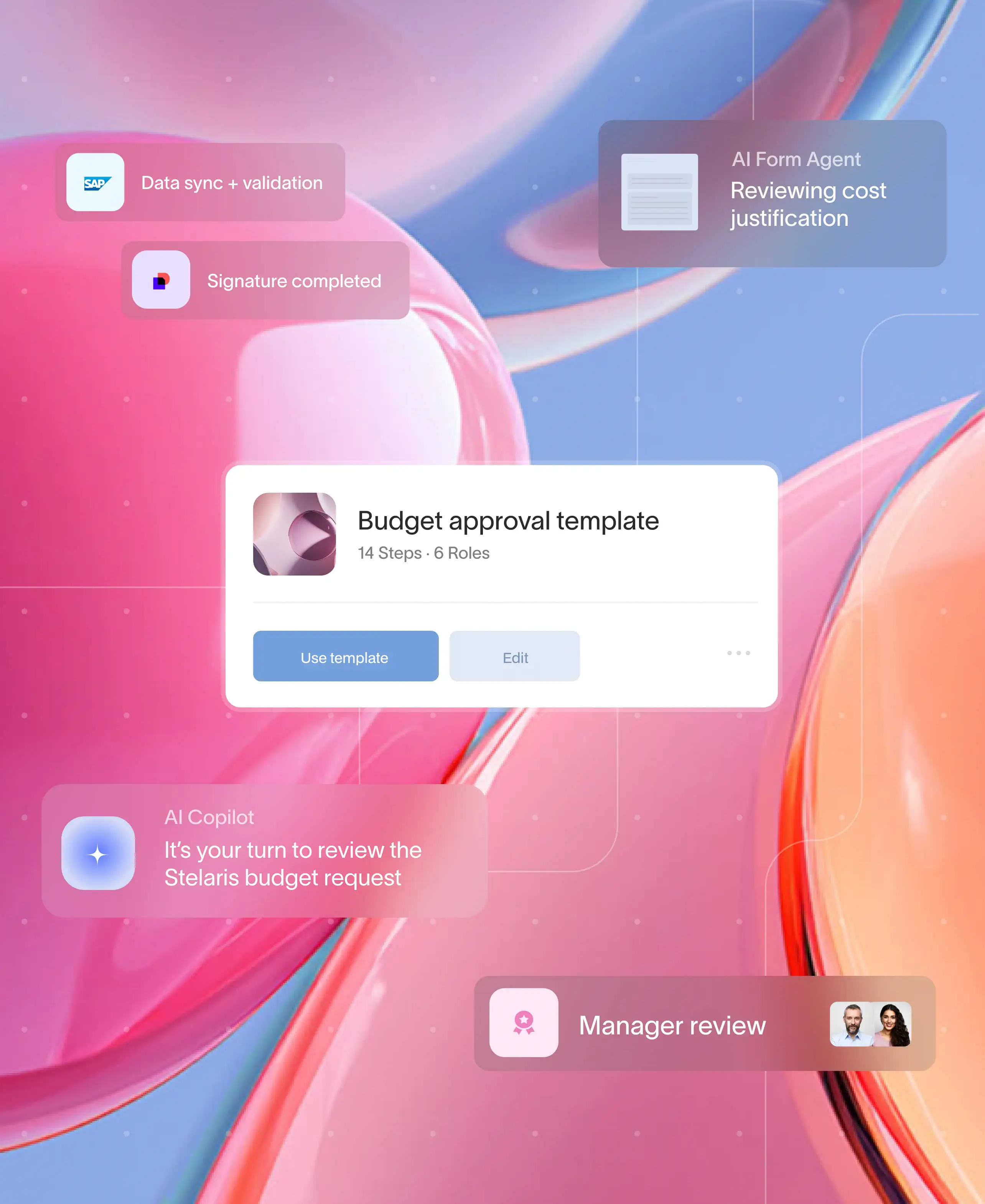
In the dynamic realm of project management, where intricate tasks interlace with the demands of stakeholders and the progress of teams, the ability to visualize your projects is a game-changer. From the largest enterprise to the freelance designer, the necessity to have visibility and control over tasks, timelines, and resources is paramount. Visual project management is the beacon that ensures you stay on course and deliver projects with precision and skill.
This ultimate guide will walk you through the why and how of visual project management, equipping you with the tools and insights to manage dynamic projects effectively. Whether you're managing a small creative team or steering a multinational corporation, these strategies will enhance your approach and boost your project outcomes.
Understanding Visual Project Management
Project management inherently involves managing tasks, timelines, and resources to achieve specific goals. Visual project management leverages diagrams, charts, and other graphical representations to make this data more accessible and actionable. But this isn't just about aesthetics; visual representation taps into the brain's cognition, making complex information easier to understand and retain.
Visual project management enables your team to:
- See the 'Big Picture': Map out workflows and project lifecycles to understand the full scope and impact of a project.
- Avoid Micromanagement: Empower team members to manage their tasks without overbearing oversight.
- Identify Bottlenecks and Dependencies: Visual cues highlight where work is piling up and what tasks are interlinked, improving workflow efficiency.
- Improve Communication: Visuals break down complex project data into digestible pieces, making it easier to explain and understand, leading to better collaboration and communication.
The benefits of Visual Project Management
The advantages of a visual project management approach are manifold. The immediate benefits are often seen in improved team performance, streamlined communication, and enhanced creativity. In the long term, visual project management can lead to a more agile and innovative project culture.
Enhanced task clarity and ownership
Team members gain a clearer perspective on their tasks within the larger context of the project. In a visually managed project, responsibilities are clear, producing a stronger sense of ownership and commitment to achieving milestones.
Streamlined communication
A well-designed visual project dashboard can serve as a one-stop-shop for all project-related information, reducing the need for lengthy email chains or numerous meetings. Communication becomes more targeted, and efficient, and, importantly, it becomes data-driven.
Improved decision making
Visuals provide data at a glance, making it easier to make informed decisions quickly. With real-time project status updates and easy-to-understand metrics, stakeholders can monitor progress and make timely adjustments to keep the project on track.
Implementing Visual Project Management
Transforming to a visual project management approach does not happen overnight. It's a strategic shift that involves choosing the right tools, training your team, and establishing new processes.
Choosing the right tools
The foundation of visual project management is robust software. Look for tools that offer flexibility, integration with other business systems, and comprehensive visualization options. Moxo's client portal dashboard is an excellent example of modern software that provides customizable, visual representations of complex project data clearly and engagingly.
Training your team
Your team is the lifeblood of any project, and they must be comfortable navigating and contributing to the visual aspects of project management. Invest in their understanding of the new tools and processes to ensure a smooth transition and foster adoption.
Establishing new workflows
Visual project management can highlight the inefficiencies in your current workflows. Use these insights to reevaluate and redesign your processes, leveraging the newfound visibility to optimize your team's performance.
Key features to look for in VPM tool
When considering visual project management software like Moxo, there are several key features to keep in mind.
- Customizable Dashboards: Your project needs are unique, so your dashboards should be too. Look for platforms that allow you to create graphs, charts, and visualizations that are specific to your project requirements.
- Collaboration Tools: The software should facilitate collaboration, with features such as commenting, status updates, and real-time editing.
- Automatic Updates: Ensure the software provides real-time updates to keep all team members in the loop without the need for manual data entry.
- Data Security: With increased digitization comes the importance of strong data security. Make sure your software keeps sensitive project information safe.
Visual Project Management best practices
While the tools are essential, the way you use them determines your success. Here are some best practices to make the most of visual project management.
- Keep it Simple: Visual dashboards should be easy to understand at a glance. Overloading them with too much information can be counterproductive.
- Use Color and Size to Your Advantage: Differentiate and highlight tasks using color and size to denote priority or task type. This makes information easier to digest and prioritize.
- Regular Updates: The visual dashboard is only as good as the data it shows. Encourage regular updates from team members to maintain the accuracy of the project overview.
- Manage like a Captain, Not a Commodore: While you can watch the ship sail, you shouldn't steer every wheel. Use the visual management tools to guide your team, not control them.
Avoiding pitfalls in Visual Project Management implementation
Even with the best intentions, visual project management can fall short. Here are some common mistakes to avoid.
- Forgetting the Human Element: While visuals can streamline processes, they should augment—not replace—teamwork and human interaction.
- Neglecting Training: If your team isn't comfortable with the new software, they won't use it effectively. Invest in comprehensive training to avoid adoption bottlenecks.
- Infrequent Updates: Outdated data is worse than no data at all. Encourage frequent, consistent updates to keep your project information relevant.
Visual project management - The future of project execution
Visual project management is not just a current trend; it's a strategic leap into the future of project execution. The combination of human understanding and AI-driven visualization will continue to shape a new era of project management that is agile, responsive, and innovative.
The adage 'a picture is worth a thousand words' has never been truer in the context of project management. Visual representations not only reveal the complexities of a project but also inspire creative problem-solving and foster an environment where teams can thrive. By considering the platforms and principles outlined in this comprehensive guide, you are taking proactive steps to ensure your project management approach is not just successful, but visionary.
By leveraging the right tools and adhering to best practices, you have the opportunity to enhance your project management strategies through the power of visualization, leading to greater success. Explore Moxo, a client portal crafted to enhance your workflow efficiency and provide clear insights into the progress of all current projects. This tool revolutionizes visual project management, making it a highly effective solution for your organization. Begin your journey in visual project management now and unleash your team's maximum potential, reach out to us here.





